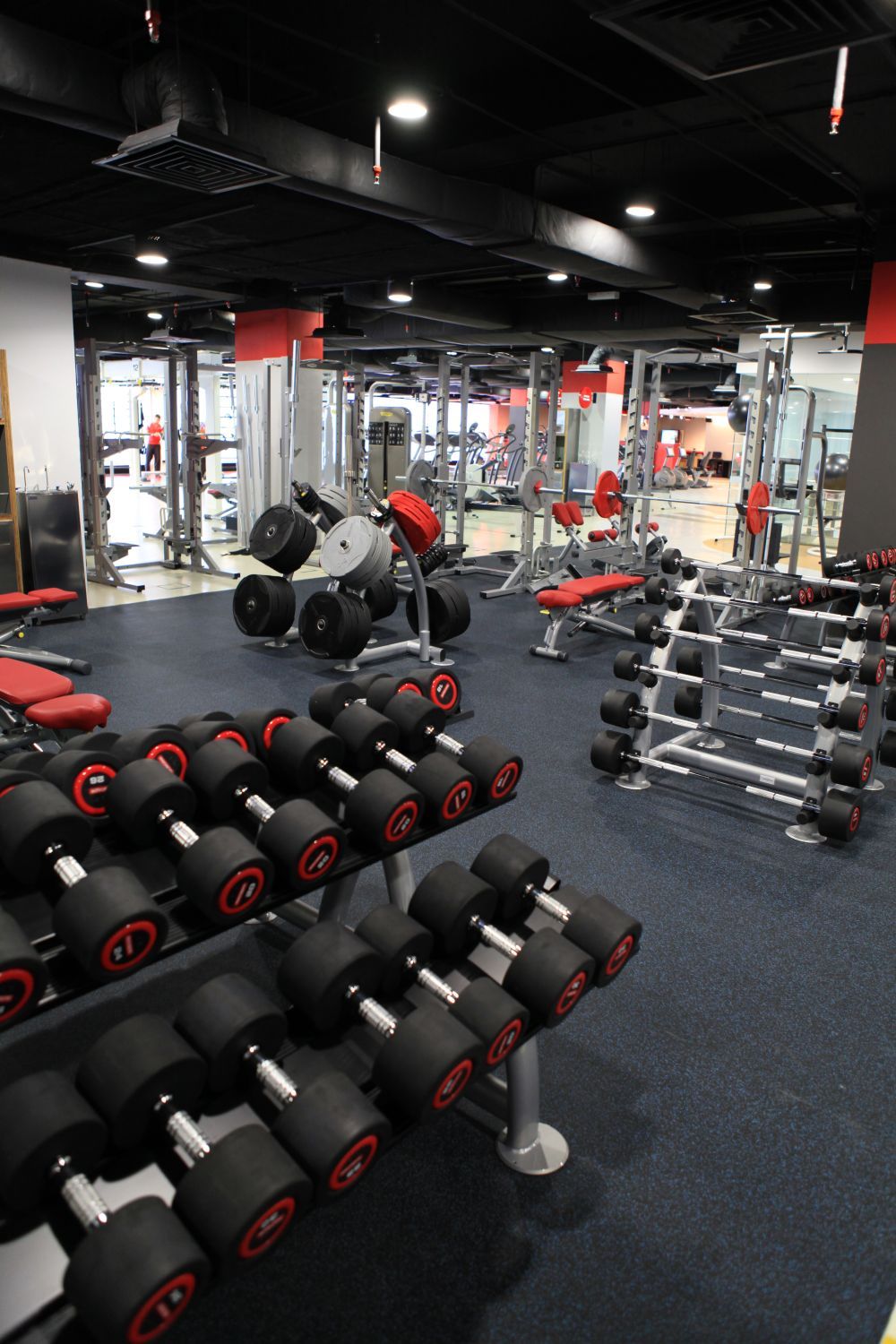
Cables vs. Dumbbells: Which is Better for Your Workout?
Cables vs. Dumbbells: Which is Better for Your Workout?
When it comes to strength training, two of the most popular tools in the gym are cables and dumbbells. Both have their unique advantages and can help you achieve your fitness goals, but which one is right for you? In this post, we’ll explore the benefits and drawbacks of each, helping you make an informed choice for your workout routine.
Understanding Cables and Dumbbells
Cables
Cable machines use a system of pulleys and weights to create resistance. They allow for a wide range of motion and can be adjusted for various exercises. Cables are often found in the gym as standalone machines or as part of multi-station setups.
Dumbbells
Dumbbells are handheld weights that come in various sizes and shapes. They are versatile tools that can be used for a multitude of exercises, from bicep curls to bench presses. Dumbbells are commonly found in gyms and can also be used at home for strength training.
The Benefits of Cables
1. **Constant Tension**
One of the most significant advantages of using cables is the ability to maintain constant tension on the muscles throughout the entire range of motion. This can lead to better muscle engagement and potentially greater hypertrophy (muscle growth).
2. **Versatility**
Cable machines often come with multiple attachments, allowing you to perform a wide variety of exercises targeting different muscle groups. You can easily switch between exercises without needing to change weights.
3. **Safer for Beginners**
Cables can be more forgiving for beginners. They provide stability and control, reducing the risk of injury when learning new movements. The guided motion helps ensure proper form, which is essential for building strength safely.
4. **Functional Training**
Cables allow for functional movements that mimic real-life activities. This can enhance your overall functional strength, improving your performance in daily tasks and sports.
The Benefits of Dumbbells
1. **Improved Stabilization**
Using dumbbells requires more stabilization from your muscles, as each arm or leg works independently. This can lead to improved muscle balance and coordination, which is beneficial for overall strength.
2. **Greater Range of Motion**
Dumbbells allow for a more extensive range of motion compared to cables. This can help target specific muscle fibers and enhance flexibility in your workouts.
3. **Accessibility**
Dumbbells are widely available and come in various weights, making them suitable for all fitness levels. They can easily be used at home, in the gym, or even outdoors, providing flexibility in your workout routine.
4. **Cost-Effective**
Investing in a set of dumbbells can be more cost-effective than purchasing a cable machine. They take up less space and can provide a complete workout if used correctly.
When to Use Cables vs. Dumbbells
**Choose Cables When:**
- You want to isolate specific muscles with constant tension.
- You’re a beginner looking for guided movements to learn proper form.
- You prefer a variety of exercises with minimal setup time.
**Choose Dumbbells When:**
- You want to improve stabilization and coordination.
- You’re looking for a more extensive range of motion.
- You want a more budget-friendly and space-saving option.
Conclusion
Both cables and dumbbells have their unique benefits, and the choice ultimately depends on your personal fitness goals, preferences, and equipment availability. Ideally, incorporating both into your workout routine can maximize your strength training results, providing variation and ensuring a well-rounded approach to fitness.



